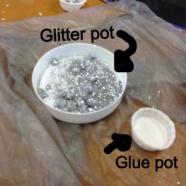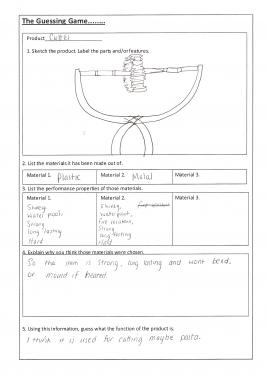Activities for building technological products knowledge
Teaching inquiry
How can I add understandings of the technological products component to a year 9 wearable art unit that has an existing focus on technological practice?
Introduction
Annaliese Seedall was teaching a year 9 textiles class using a unit entitled Trash to Fashion. The unit had a wearable art context and had been developed from student’s interest in the "Schools' Trash to Fashion" competition – an initiative managed by Auckland Council and Keep Waitakere Beautiful Trust.
Within the unit, Annaliese wanted to focus on understandings from the technological knowledge strand. Technological products was a natural fit for this context because the students were working with multiple types of materials in their practice.
Annaliese knew that to develop students' understandings to meet the indicators she would need to do some focused teaching outside of the students own practice. So she added activities to explore understandings about materials – their properties, manipulation, formulation, and transformation.
Learning focus: Technological products
The students had been introduced to level 1 understandings of technological products in years 7 and 8. For this year 9 unit, Annaliese decided she would focus on the following indicators from the technological products component:
- describe the performance properties of a range of materials and use these to suggest things the materials could be used for (level 2)
- describe examples to illustrate how the manipulation of materials contributed to a product’s fitness for purpose (level 4)
- describe examples to illustrate how formulation of materials contributed to a product’s fitness for purpose (level 4)
- describe examples to illustrate how the and transformation of materials contributed to a product’s fitness for purpose (level 4)
Activities
The Guessing Game
The Guessing Game is an activity developed by Lesley Pearce (National Coordinator, Technology, Team Solutions) to support students in developing understandings of materials that technological products are made from and their performance properties.
Students are given an unfamiliar object and have to sketch it, list the materials and why they were chosen, and guess the function of the object.
Product analysis
The students were shown a number of images of Trash to Fashion garments and asked to identify materials within these and how they had been manipulated.
This activity helped to refresh their understandings of the technological products level 1 indicator:
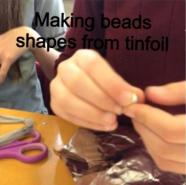
- Identify how materials have been manipulated to make the product
Plastic bags, bottles, and flax were given to the students and they played with these materials and discussed how they had been and could be manipulated and transformed.
She noted that students confidently manipulated materials, cutting, gluing, and weaving in their practice.
Clarifying manipulation, transformation, and formulation of materials
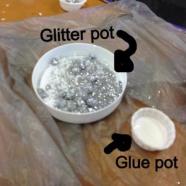
Annaliese posed a question in the “Ask an expert” section of Technology Online to clarify understandings of manipulation and transformation of materials and formulation of new materials in a textiles context.
See this search result in Ask an expert for Annaliese's question and the answer.
The advice from the experts was that transforming and formulating new materials was unlikely in technological practice in a textiles classroom. So students need to explore these concepts outside of their own practice.
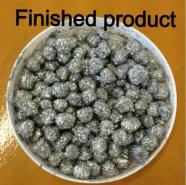
However, for manipulation, students were taught the initial understandings of this concept and were then able to see that they could manipulate materials in multiple ways in their own practice as they designed and created their garments. For example, a student manipulated playing cards to create a cloak for her garment.
Outcomes
Students were able to comfortably describe examples of manipulation, transformation, and formulation.
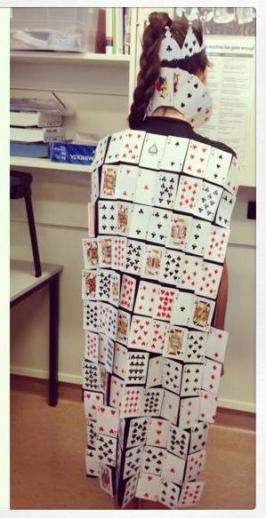
The student folders and classroom observations provided clear evidence of their understandings and the level they had reached for the targeted indicators.
Annaliese plans to build on this growing understanding of materials as students return.
She believes that in the long term this knowledge could also result in more creative garments being designed in the senior years – students knowledge of materials makes their practice more experimental.
Students were able to transfer the knowledge they had gained into their technological practice.
What next?
Teaching in the senior school has revealed the urgent need to prepare students better in the junior classes particularly in the technological knowledge and nature of technology strands.
Carmel College has a technology curriculum implementation plan. The teaching trial that occurred here informed the plan by showing the need for a broad understanding of the new strands at the junior levels.
After this initial attempt at introducing these components Annaliese plans to structure the teaching so that she carries out the knowledge teaching at the beginning of the unit. She then plans to use structured repetition through oral questioning to reinforce the teaching as they move into technological practice.

